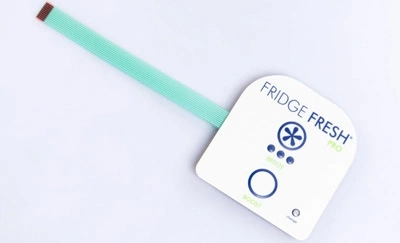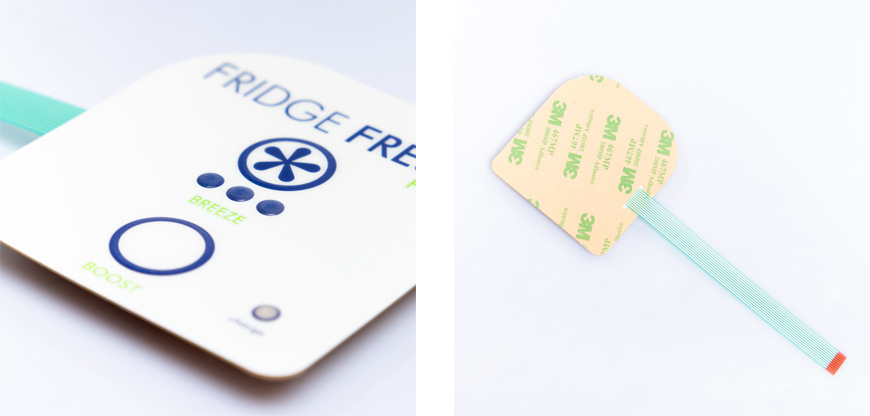
In today's fast-paced world, user interfaces play a pivotal role in various electronic devices and appliances. One such technology that often goes unnoticed but is indispensable is the flat membrane switch. In this article, we will delve into the intricacies of flat membrane switches, exploring their design, applications, advantages, and much more.

A flat membrane switch, often referred to as a membrane keypad or membrane keyboard, is a type of interface that consists of multiple layers of flexible material. These layers include a top membrane layer, adhesive spacer layer, and a bottom membrane layer, often with conductive traces. When pressure is applied to the top membrane layer, it makes contact with the bottom layer, completing an electrical circuit and registering a keypress.
To understand how flat membrane switches work, it's essential to break down their structure:
1. Top Membrane Layer
Made of flexible, durable material.
Features printed symbols or labels for key identification.
2. Spacer Layer
Comprises adhesive spacers that keep the top and bottom layers apart.
Controls the actuation force required for keypresses.
3. Bottom Membrane Layer
Contains conductive traces that form electrical connections.
Activated when pressure is applied to the top layer.
Flat membrane switches find applications in various industries due to their versatility and reliability. Here are some common uses:
1. Consumer Electronics
Membrane keypads on remote controls, calculators, and microwave ovens.
2. Medical Devices
Control panels on medical equipment for user-friendly operation.
3. Industrial Control Systems
Keypads and control panels in manufacturing and automation.
4. Automotive Industry
Membrane switches on car dashboards and steering wheels.
Flat membrane switches offer several advantages that make them a preferred choice for many applications:
1. Durability
Resistant to wear and tear, ensuring long-term functionality.
2. Cost-Effective
Lower manufacturing costs compared to mechanical switches.
3. Customizability
Easily tailored to fit specific design and branding requirements.
4. Water and Dust Resistance
Sealed design prevents damage from environmental factors.
Over the years, flat membrane switch technology has evolved to meet the demands of various industries. Modern membrane switches feature backlighting, tactile feedback, and advanced materials for improved performance.
In conclusion, flat membrane switches are an integral part of our daily lives, quietly working behind the scenes in countless electronic devices. Their durability, cost-effectiveness, and versatility have made them a staple in various industries. As technology continues to advance, we can expect even more innovations in flat membrane switch design and functionality.
Are flat membrane switches the same as mechanical switches?
No, flat membrane switches operate differently from mechanical switches and are known for their durability and cost-effectiveness.
Can flat membrane switches withstand harsh environments?
Yes, flat membrane switches are designed to be water and dust resistant, making them suitable for challenging conditions.
Are membrane keypads customizable for different applications?
Absolutely, membrane keypads can be customized to meet specific design and branding requirements.
How do I clean a flat membrane switch?
Use a soft cloth and a mild cleaning solution to gently wipe the surface of the membrane switch.
What is the future of membrane switch technology?
The future holds exciting possibilities, including improved tactile feedback and enhanced functionality in membrane switches.